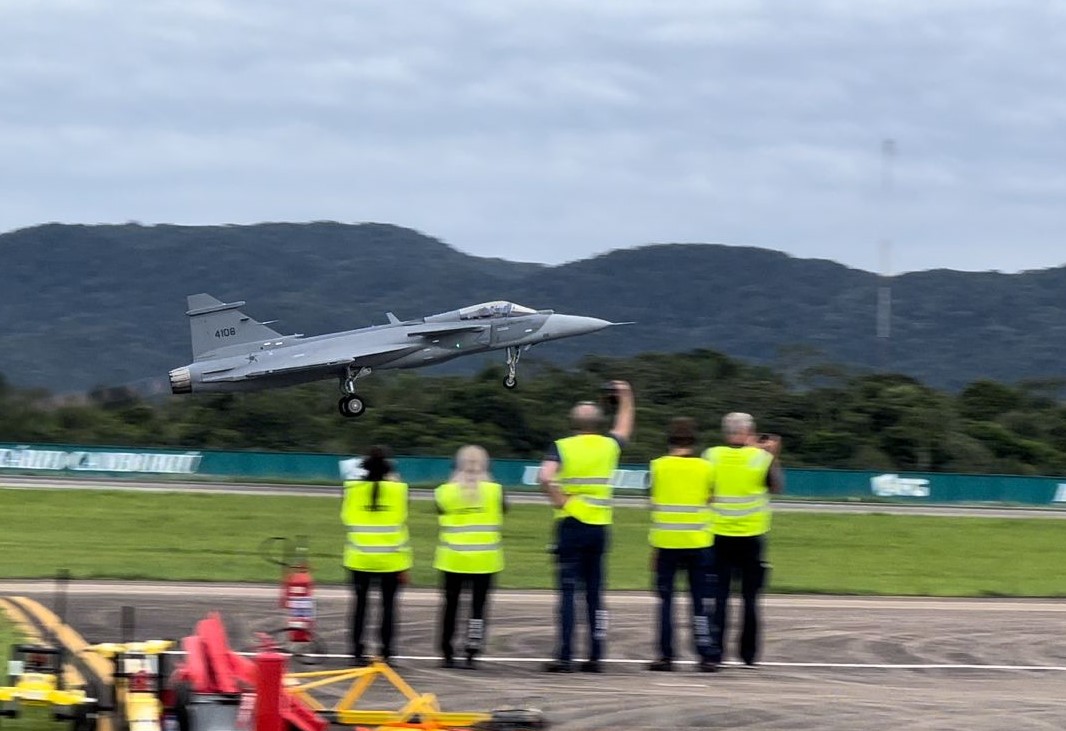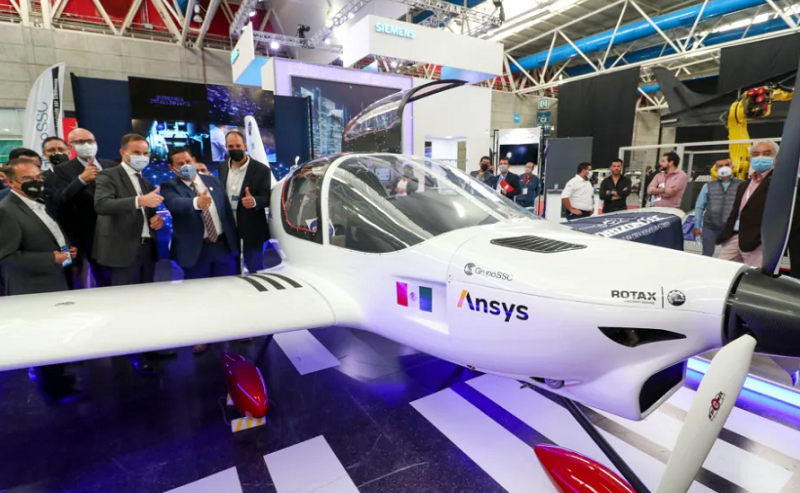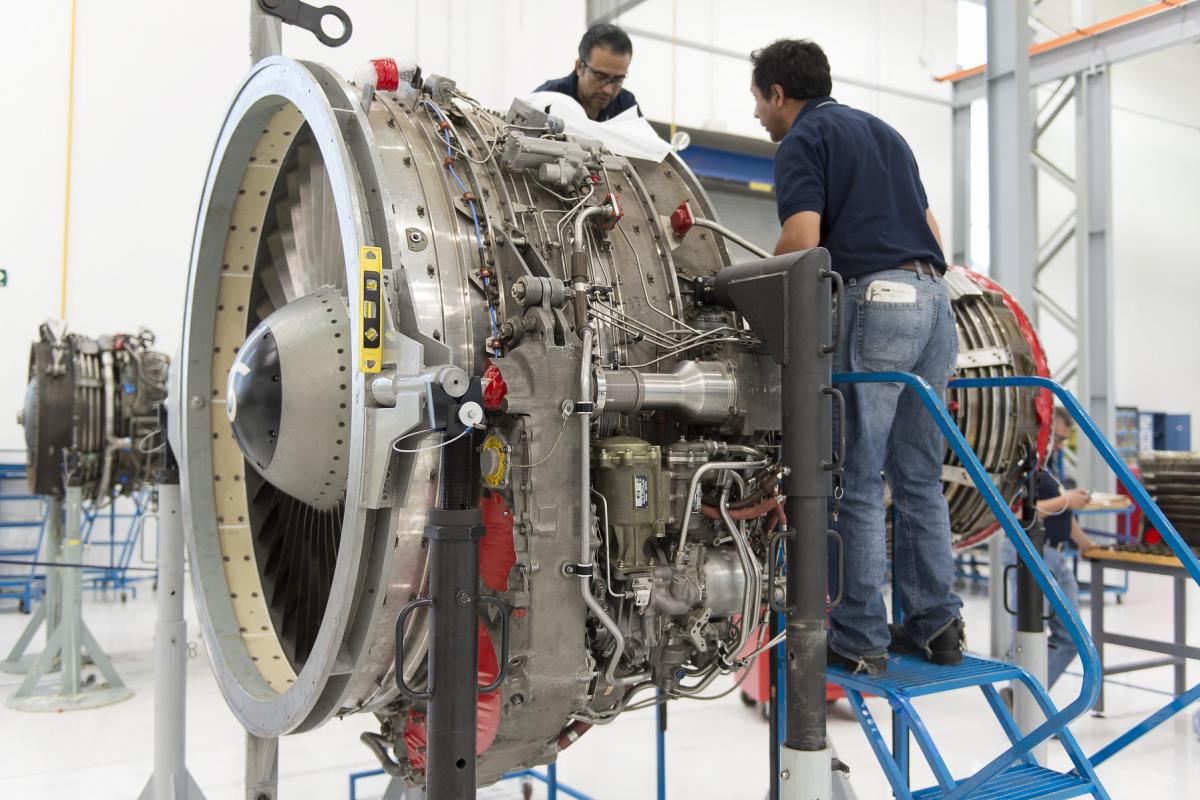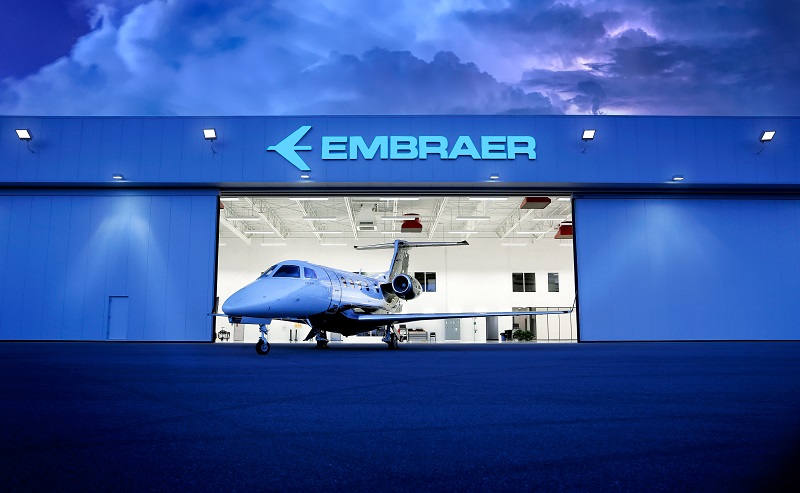MiG-29SMT
New Member
- Joined
- Jan 12, 2020
- Messages
- 4,124
- Likes
- 5,108
The Genesis Project is a suborbital launcher with a 20kg to 50kg payload capacity. Capable of reaching space (Apogees from 50 km to 175 depending on its configuration) and staying there for a few minutes performing a suborbital parabolic trajectory.
The design arises from what has been learned with atmospheric sounding rockets such as 𝗥𝗶𝗴𝗲𝗹 𝗼 𝗔𝗿𝗲𝘀, which, being supersonic and having important apogees, allow us to outline stage separation technologies, larger, more robust fuselages and an adequate aerodynamic design to be able to reach these heights. . The project is in a phase from TRL 5 to TRL 6.

Antares Aerospace was created in 2016 with origins and a polytechnic soul (IPN), with the task of improving the training experience of its members. Since then, the purpose has been to develop technology and promote science in Mexico.

Antares is a group made up of a Civil Association that organizes and brings together interested parties, professionals, researchers and technology enthusiasts with the task of developing projects in different areas of interest in aerospace engineering and promoting scientific and technological vocation in Mexico and Latin America. In turn, Antares is made up of a company that offers products from the aerospace sector, consulting services, project management training, development and integration of technological solutions at various levels to satisfy the most demanding or complex engineering and development needs of our clients.

The design arises from what has been learned with atmospheric sounding rockets such as 𝗥𝗶𝗴𝗲𝗹 𝗼 𝗔𝗿𝗲𝘀, which, being supersonic and having important apogees, allow us to outline stage separation technologies, larger, more robust fuselages and an adequate aerodynamic design to be able to reach these heights. . The project is in a phase from TRL 5 to TRL 6.
Antares Aerospace was created in 2016 with origins and a polytechnic soul (IPN), with the task of improving the training experience of its members. Since then, the purpose has been to develop technology and promote science in Mexico.
Antares is a group made up of a Civil Association that organizes and brings together interested parties, professionals, researchers and technology enthusiasts with the task of developing projects in different areas of interest in aerospace engineering and promoting scientific and technological vocation in Mexico and Latin America. In turn, Antares is made up of a company that offers products from the aerospace sector, consulting services, project management training, development and integration of technological solutions at various levels to satisfy the most demanding or complex engineering and development needs of our clients.










